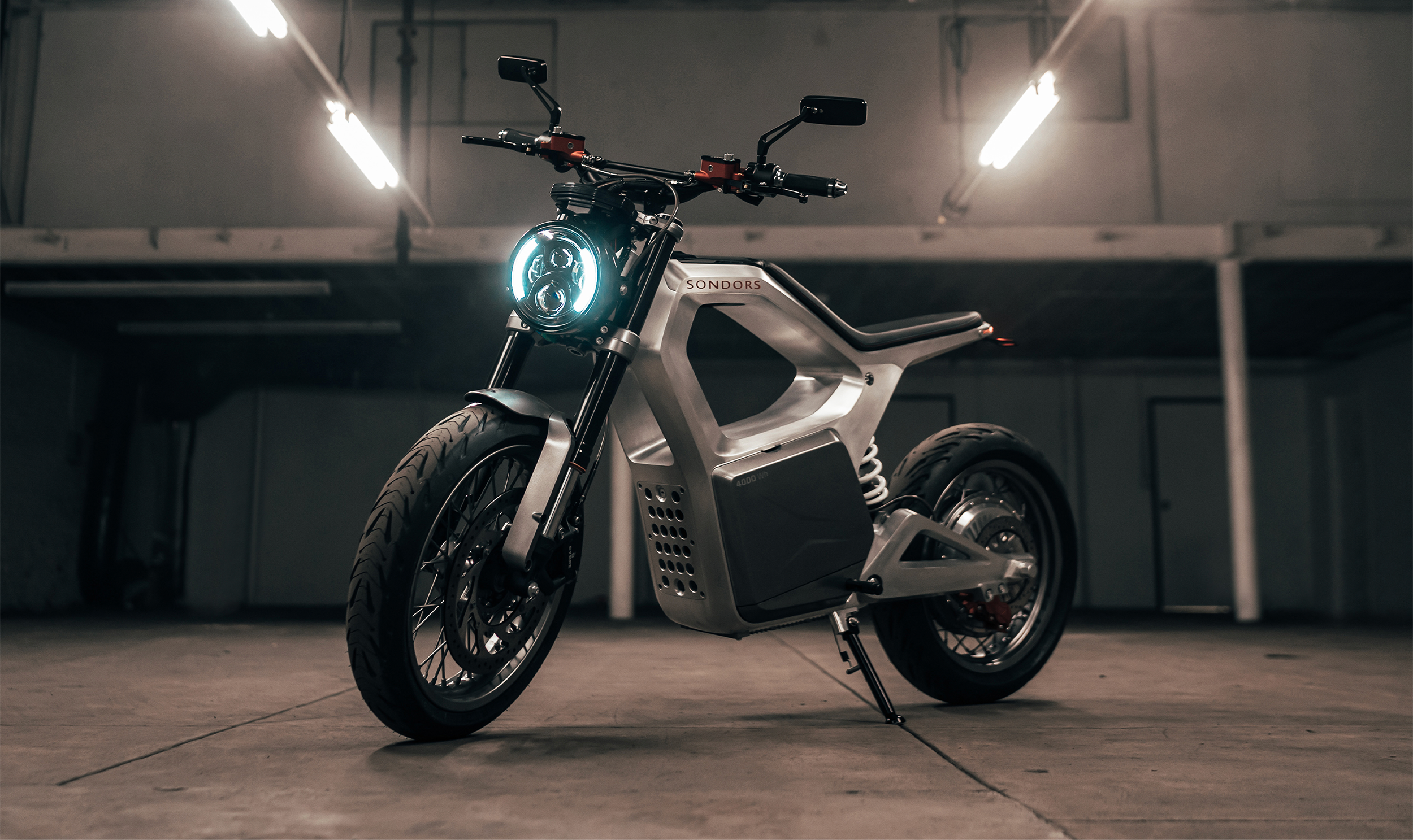jmauld
Well-Known Member
- Jun 9, 2020
- 2,845
- Boat Info
- 2010 Sundancer 390
2016 Sea Hunt Ultra 211
- Engines
- Twin 8.1l of gas guzzling iron
Partly my deep-rooted nerdism, partly low cost of operation (34¢ for 80 miles/full recharge), and a lot of hoping for some really crazy looks from other drivers (no, I'm not normally quite so narcissistic) I have one on order. It was originally supposed to be here this March, but, with all the shipping woes, who knows?
https://sondorsx.com/pages/metacycle
I like this a lot. I get dirty looks when I show it to the admiral though.



